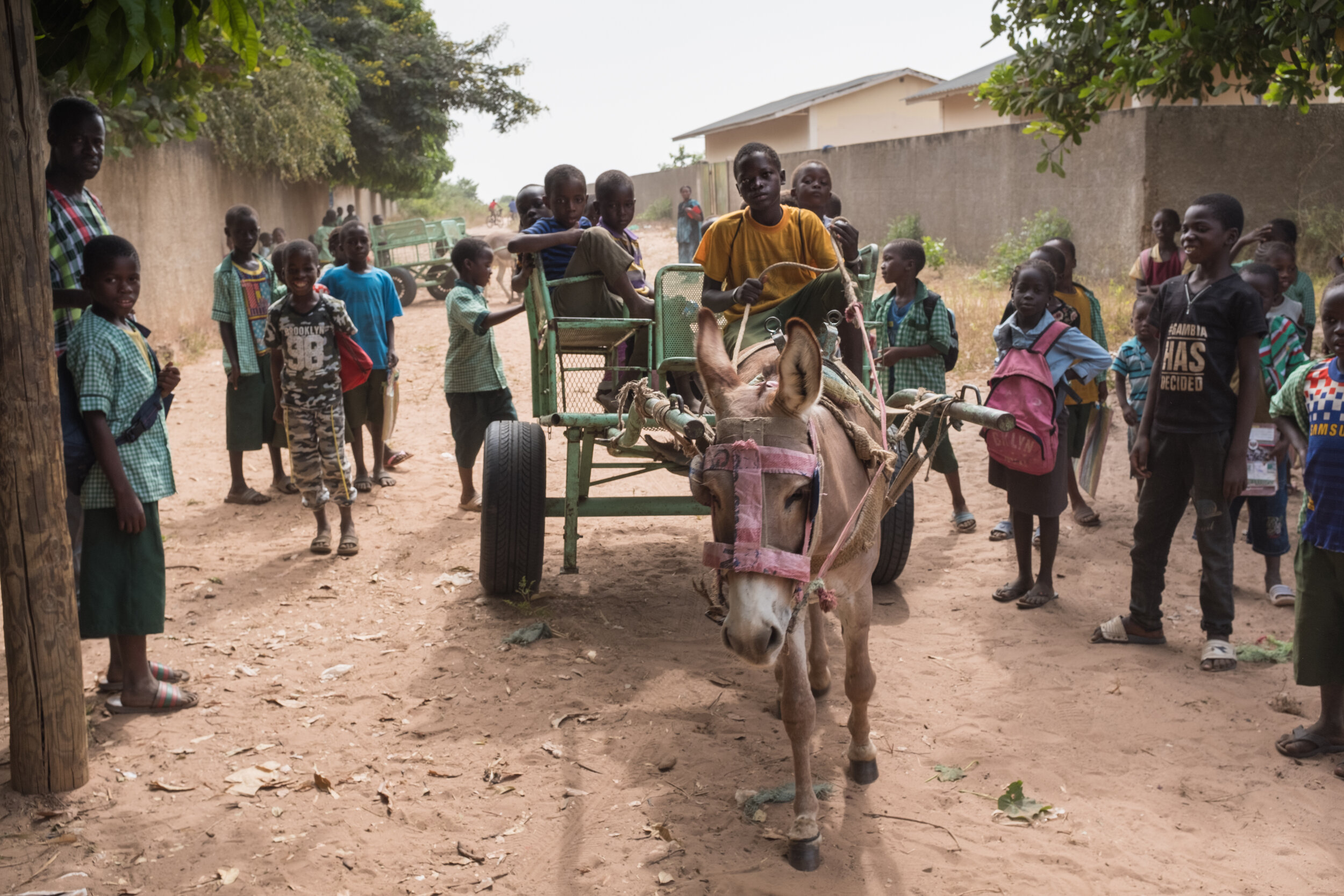
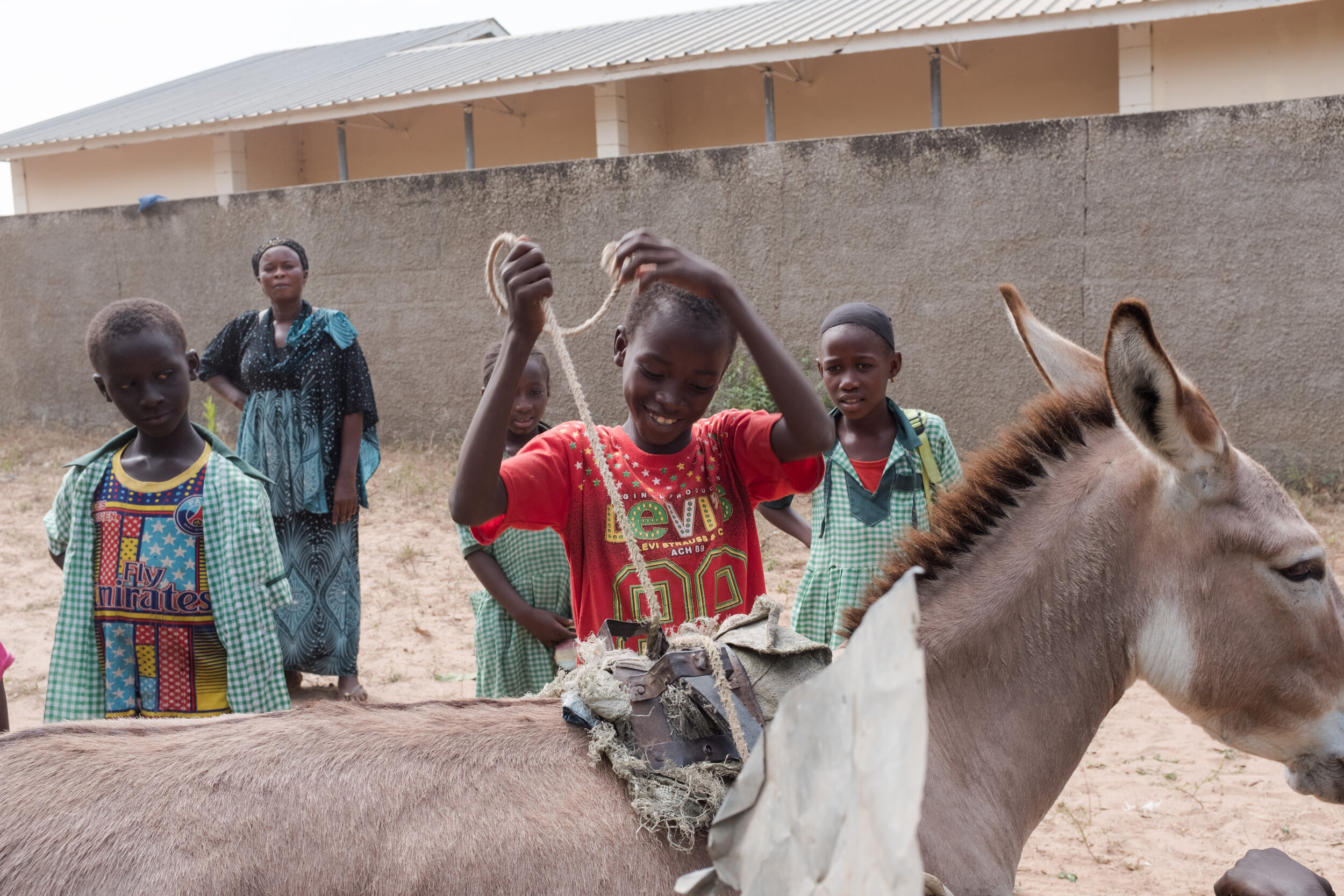
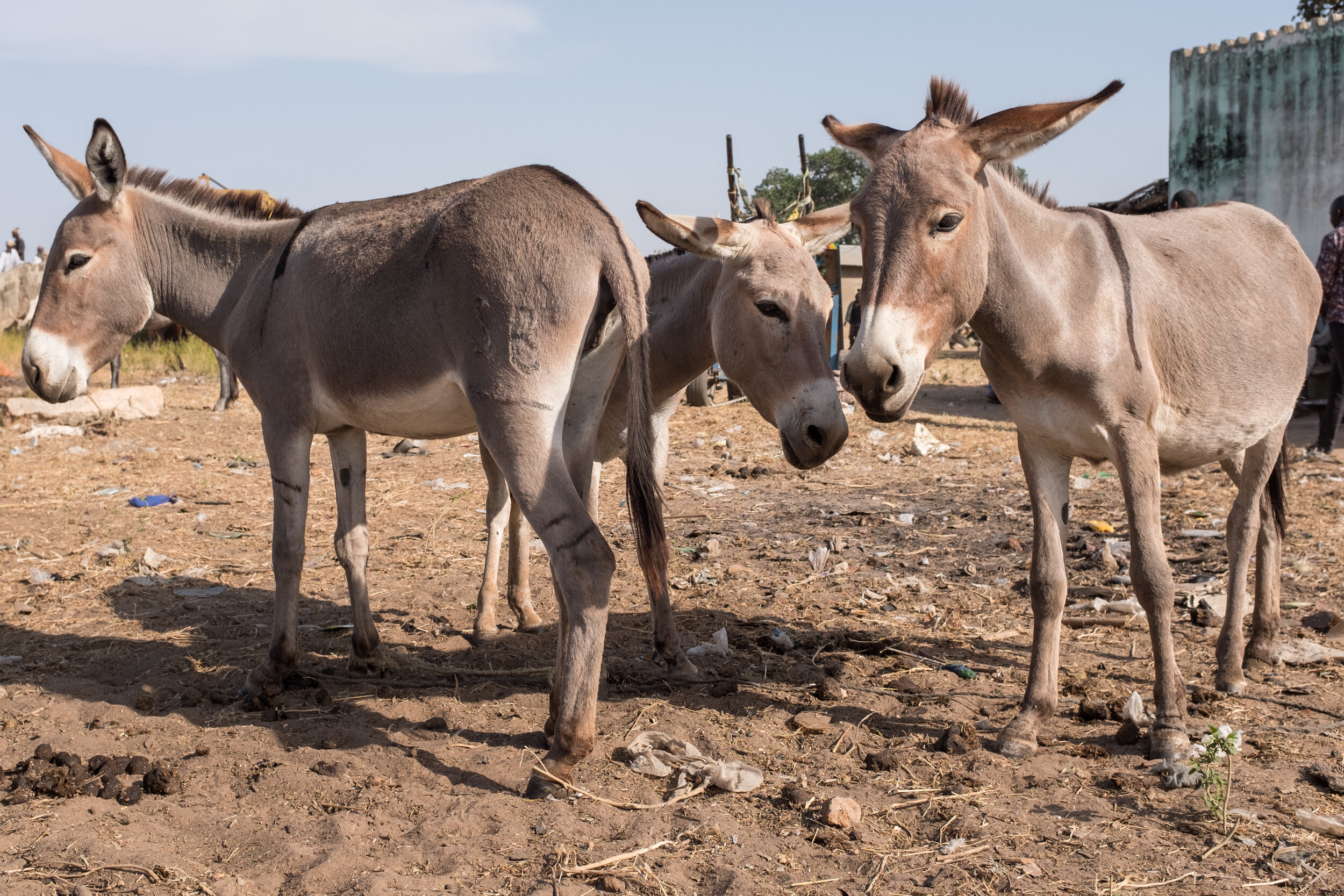
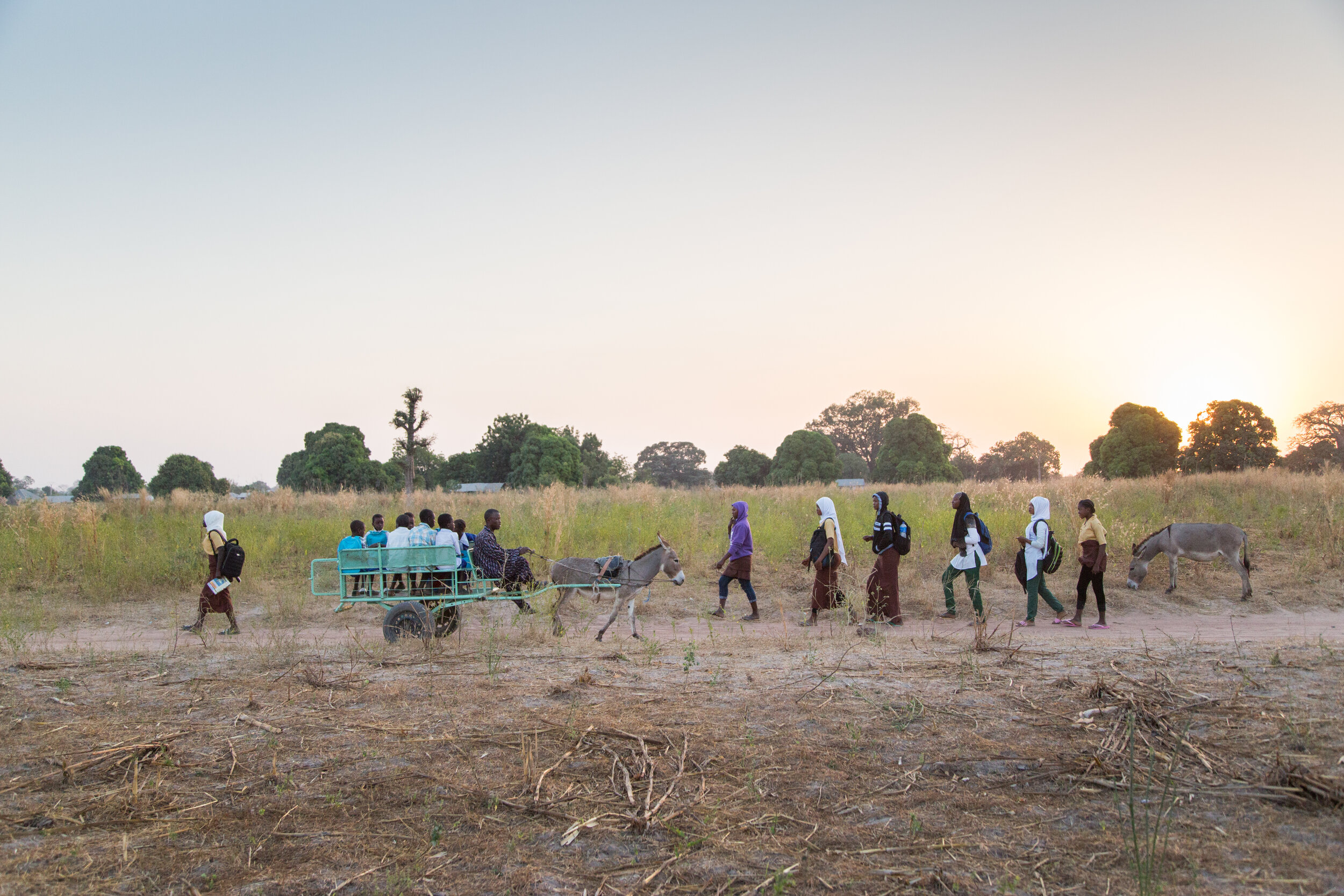
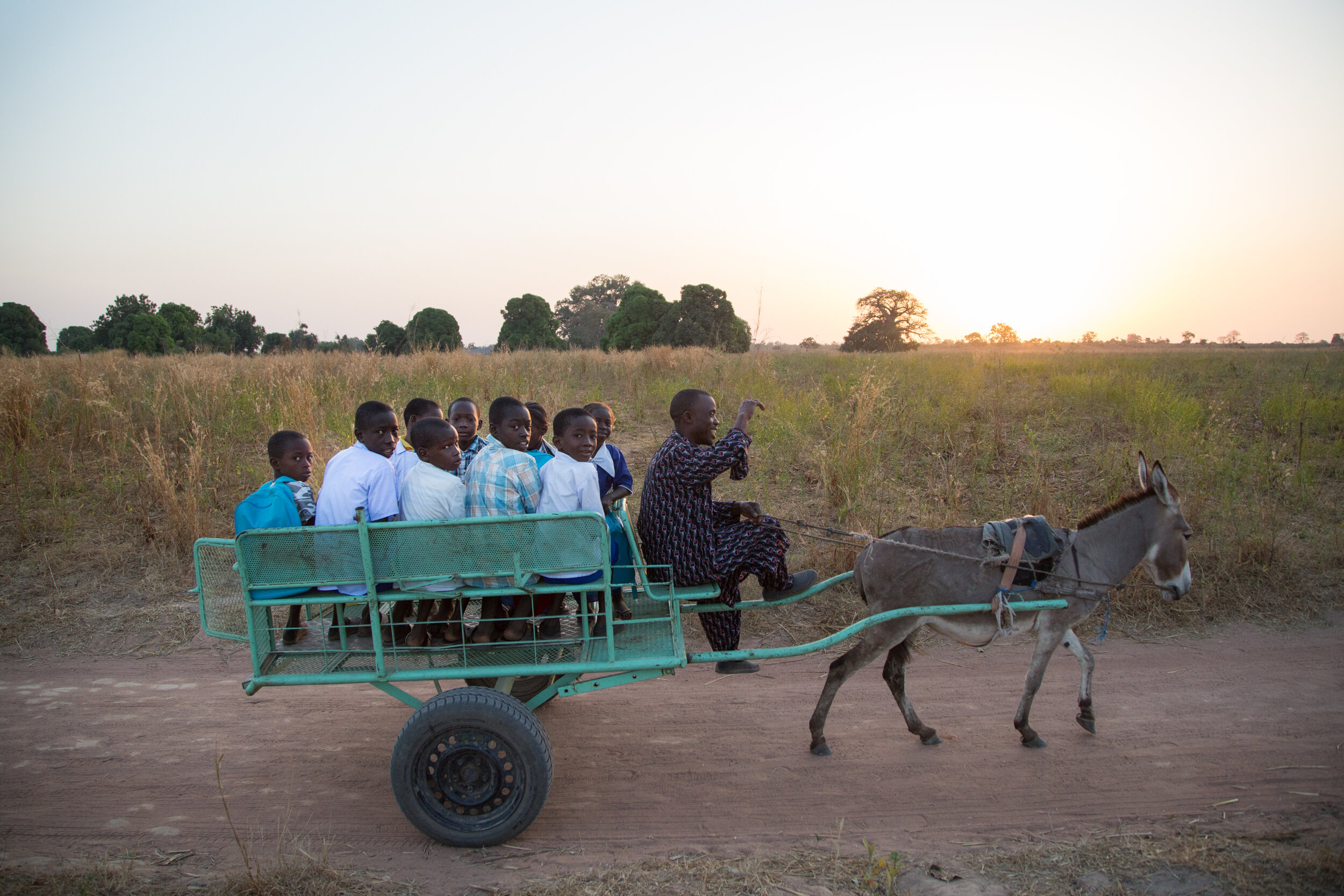
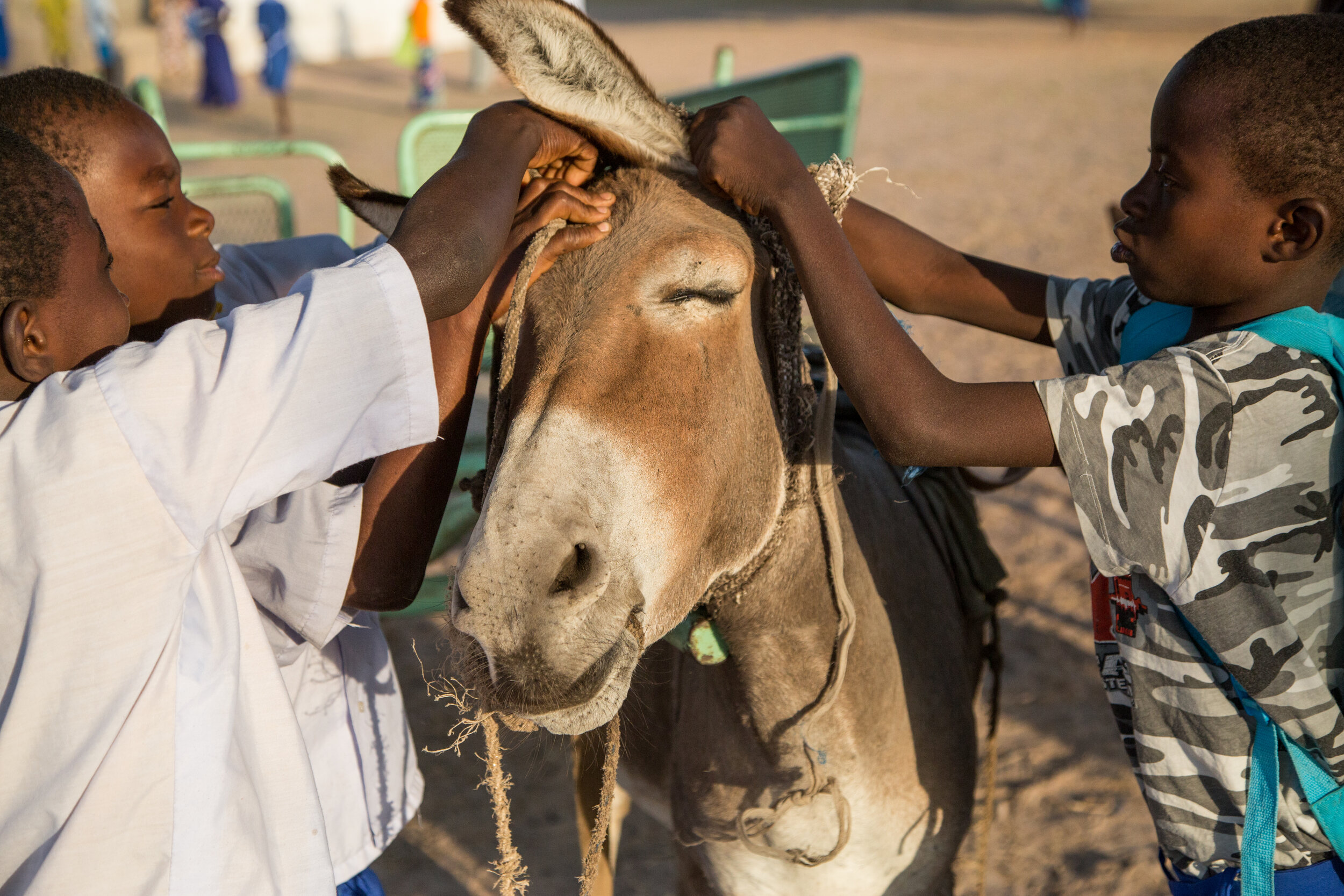
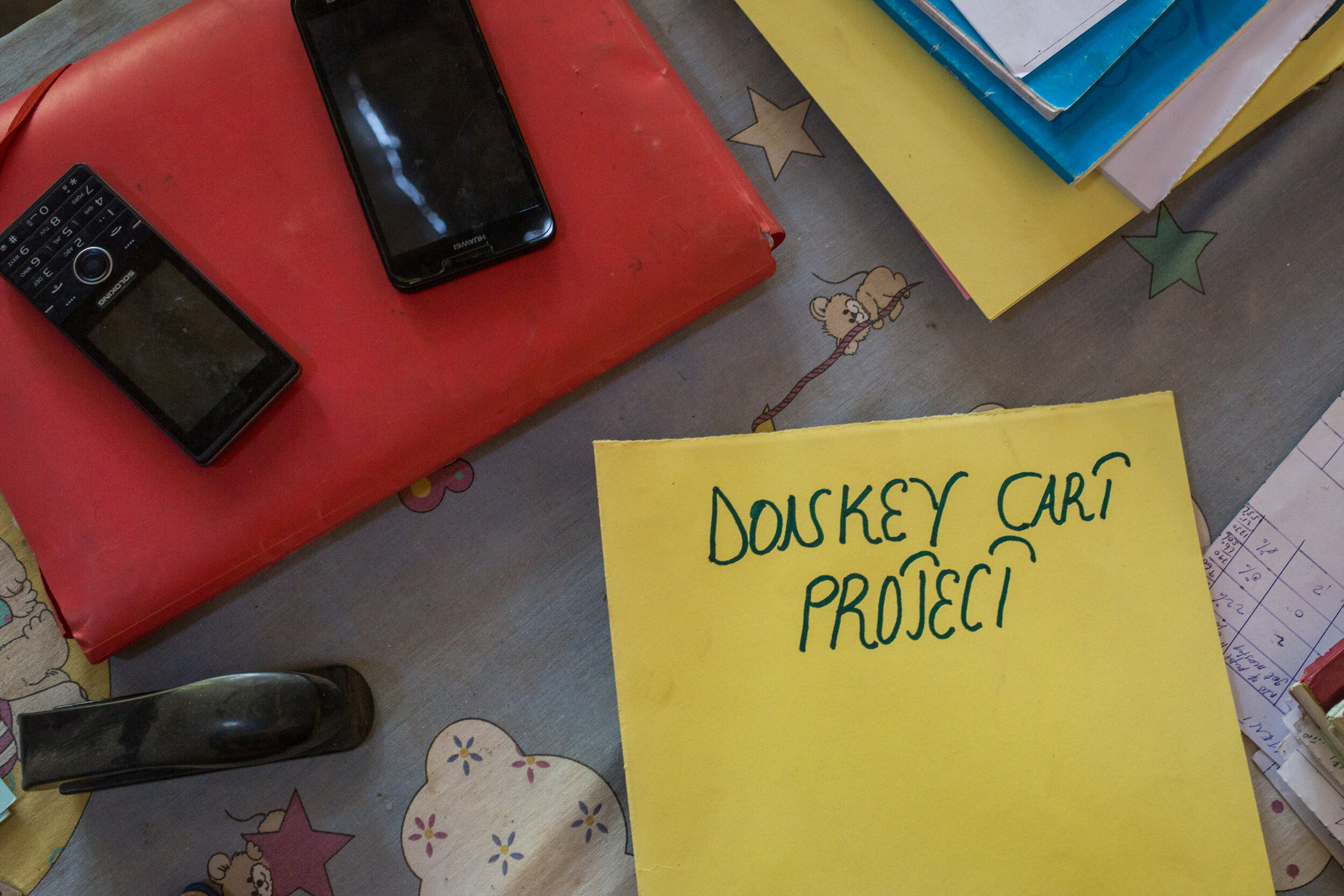
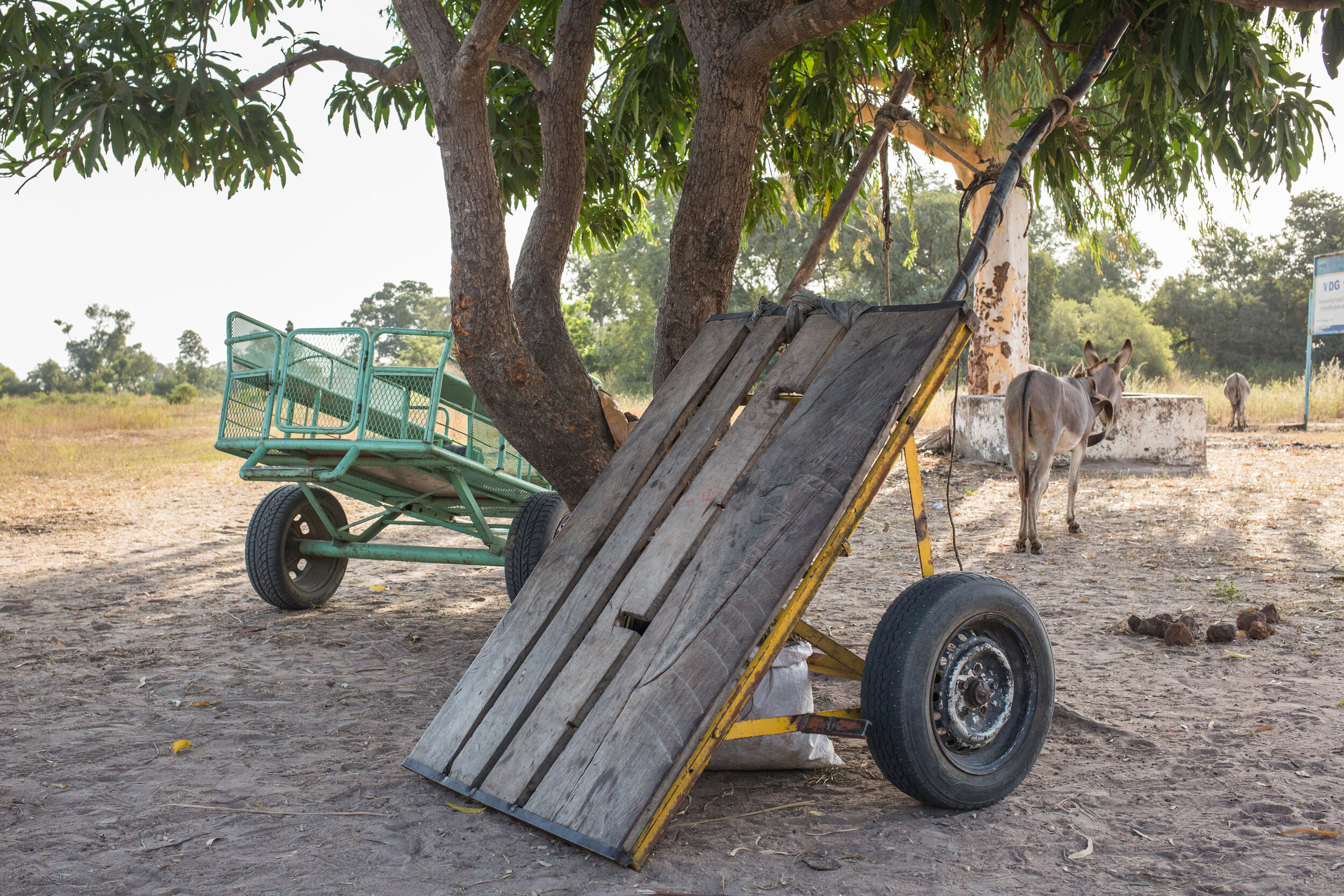
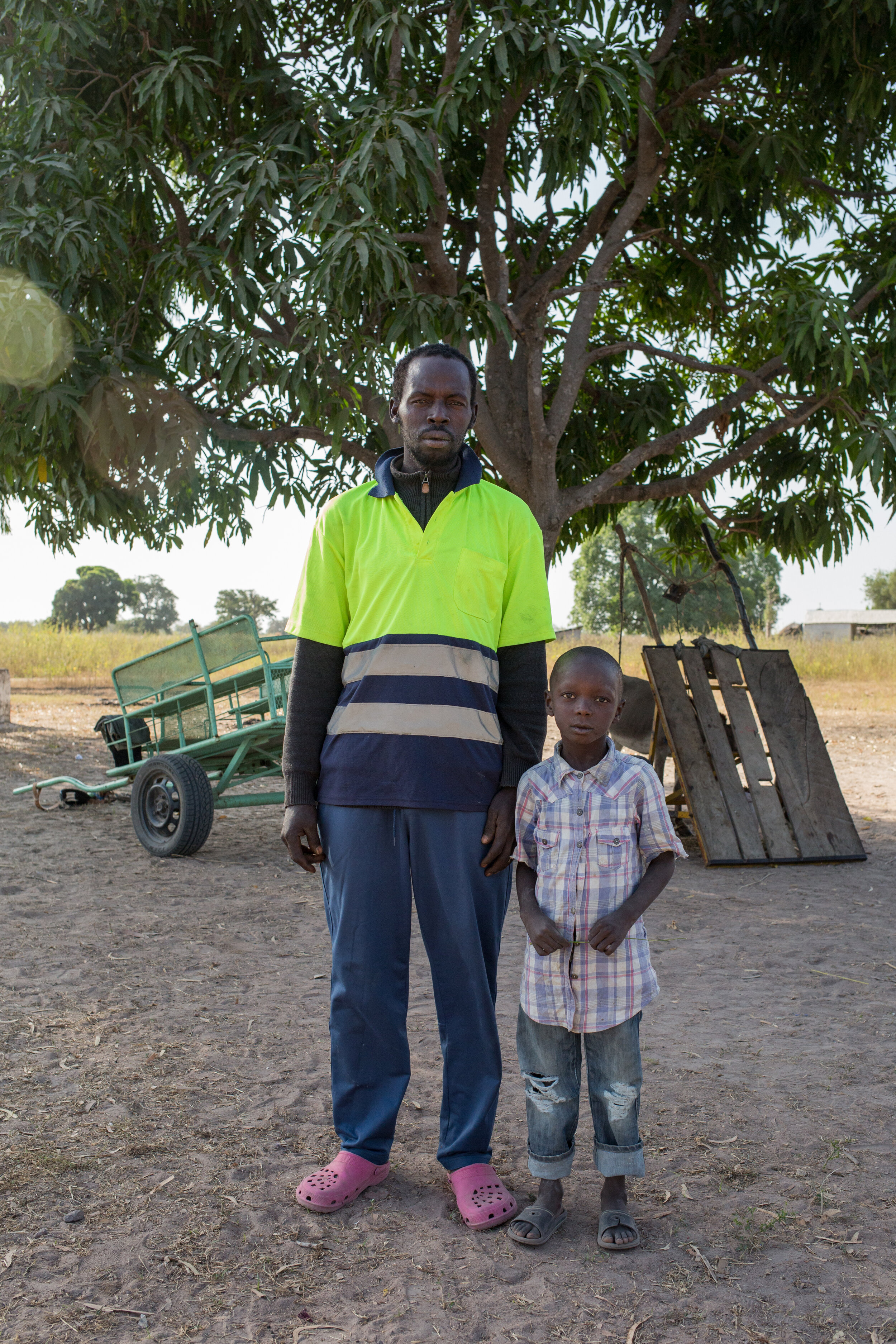
Although more children are enrolling in schools in The Gambia, nearly 30 percent of school-aged children still do not attend classes.
The donkey cart program is a small part of the Government’s broader education strategy. In an effort to reduce inequity, the government abolished school fees and increased the number of communities that have schools within three kilometers from 83 percent in 2013 to 95 percent in 2018.
The donkey carts, which are placed in rural communities, are designed to transport children in early childhood development programs as well as first and second year students (ages 3-8).
The initiative, which is community- managed, with support from ‘cluster monitors’ who oversee groups of schools, helps ensure that children attend school daily and helps allay parents’ concerns that their little ones can make the long distance safely.
More information on here.
(2017)